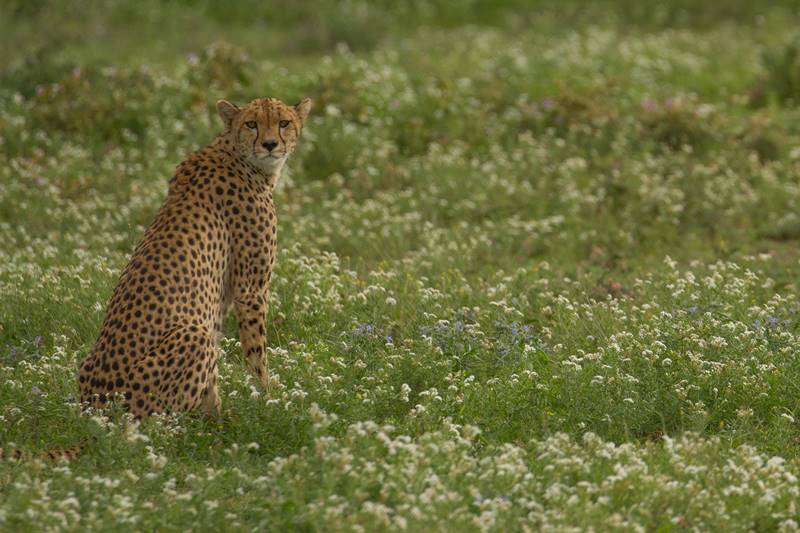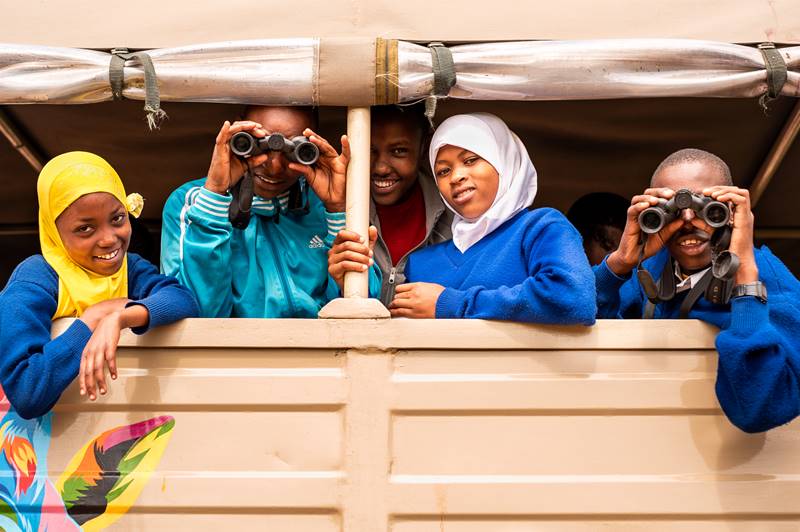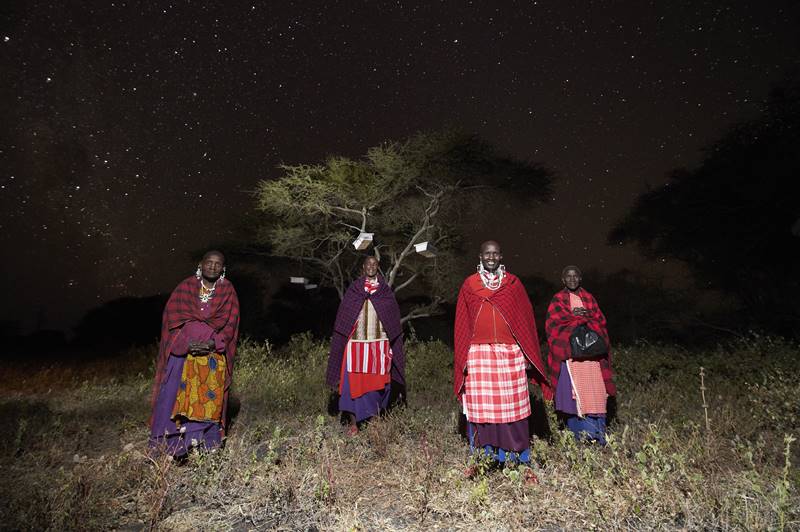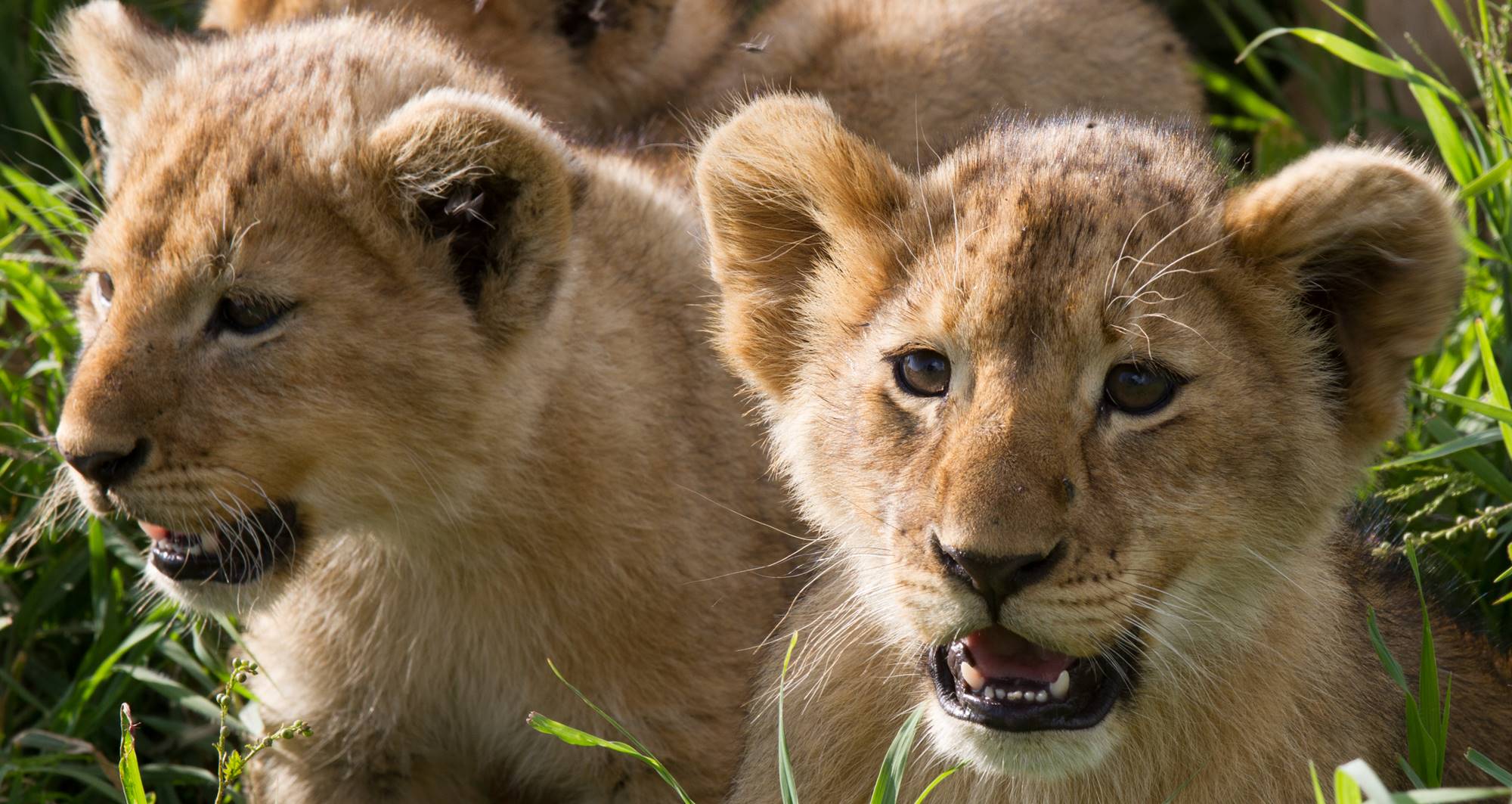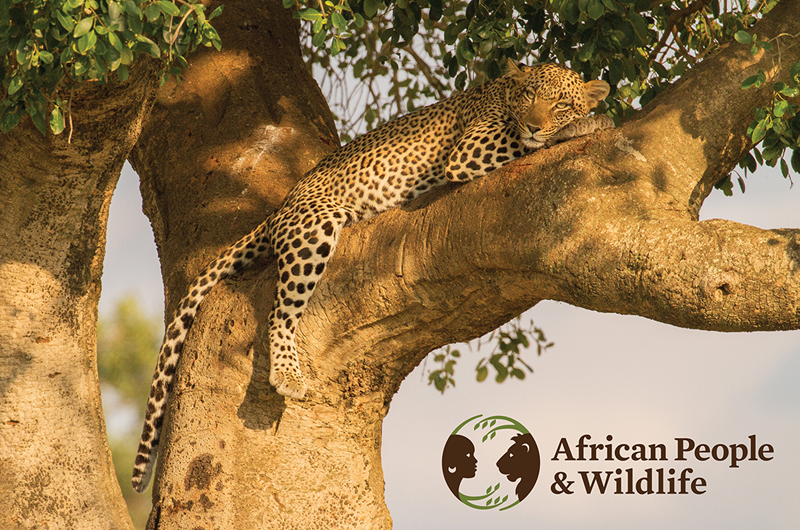
Fundraising target: £2,100 +
Funds donated: £5,000
Project: to help preserve lion, leopard and cheetah populations in northern Tanzania. This is one of 21 projects nominated for our 21 For 21 programme.
21 For 21 Project Partner: African People & Wildlife
African People & Wildlife works hand in hand with communities and other dedicated partners to create a more balanced and sustainable world—an Africa where people and wildlife coexist and thrive in vibrant, healthy landscapes.
Find out more about African People & Wildlife. Set up a 21 For 21 Fundraising Page.
About African People & Wildlife
African People and Wildlife was co-founded in 2005 by Dr. Laly Lichtenfeld and Charles Trout with a mission to create win-win solutions for people and wildlife in Tanzania.
Operating on the ground in Tanzania, African People & Wildlife establishes long-term relationships with local people based on the respectful integration of science and tradition. Its strategic, holistic approach to conservation is widely applicable in landscapes where people and wildlife coexist.
Northern Tanzania Big Cats Conservation Initiative
African People & Wildlife’s Northern Tanzania Big Cats Conservation Initiative is dedicated to the long-term protection of African lions, cheetahs, and leopards. In northern Tanzania people and wildlife share 92% of the suitable wildlife habitat. Over the past 20 years, big cats have come under extreme pressure in the region—particularly outside of protected areas.
This initiative addresses all primary threats to big cats in the region—human-wildlife conflict, habitat loss, and prey species loss – and supports community-driven conservation activities that protect big cats and their habitat while uplifting local livelihoods. It also works to maintain vital landscape connectivity for lions, leopards, and cheetahs across northern Tanzania.
21 For 21 funding will go to support big cat conservation in northern Tanzania, for example by helping to fund Living Walls – environmentally-friendly corrals that keep livestock safe (pictured opposite).
Lion
Between 20,000 and 32,000 lions remain in the wild, representing a 43 percent decline over the past two decades and a nearly 90 percent decline over the last century. Fifty percent of the world’s remaining lions live in East Africa. The expansion of human communities is causing the unprecedented fragmentation and degradation of critical habitats for lions and other wildlife, including prey species. As lions come into increasing contact with humans, they often turn to the livestock of local herders for an easy meal. Traditionally, herders have often retaliated, killing the lion.
Living Walls help to keep livestock safe from lions. To date, more than 1,327 Living Walls positively impact more than 17,150 people and keep more than 214,000 livestock safe every night. Living Walls have led to the planting of more than 184,000 living Commiphora trees.
Cheetah
The cheetah is the world’s fastest land mammal, and tragically it is also disappearing fast from our landscape. Only around 7,000 cheetahs remain in the wild with the species’ decline attributed largely to diminishing prey species and the loss and fragmentation of its habitat due to land cultivation. 92% of the northern Tanzania region consists of unprotected cheetah habitat. African People and Wildlife conserves cheetahs by working to maintain landscape connectivity, reduce human-wildlife conflict and bushmeat hunting, and increase knowledge and awareness about this amazing big cat.
Leopard
Leopards have experienced steep population declines worldwide and are believed to now occupy just 25–37 percent of their historic range. Because they inhabit a broader geographic range than all other big cats the exact number of leopards remaining in the wild is unknown. The main threats facing leopards are habitat loss and fragmentation, prey species loss, human-wildlife conflict, poaching for their fur and body parts, and unregulated trophy hunting. It is possible that more than 1,000 leopards survive across northern Tanzania, and part of African People & Wildlife’s work is improving understanding of the presence and abundance of leopard in the region.
Safari in Northern Tanzania with our responsible travel network
Images courtesy of Laly Lichtenfeld and Felipe Rodriguez – APW
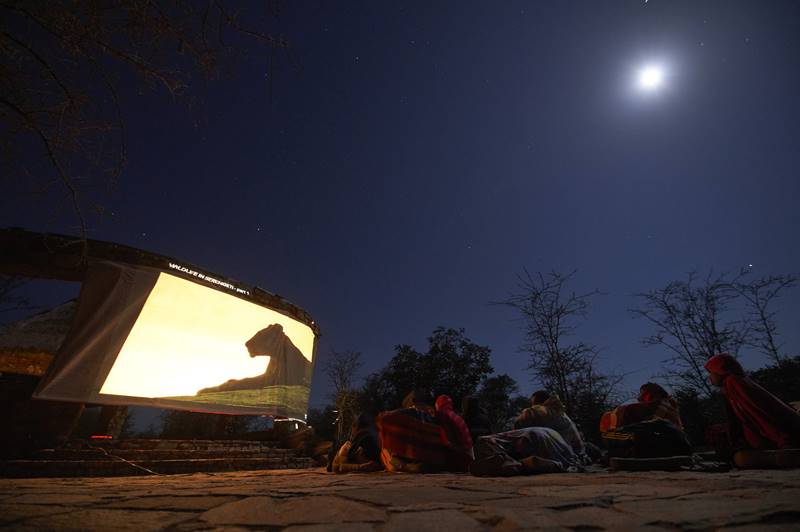
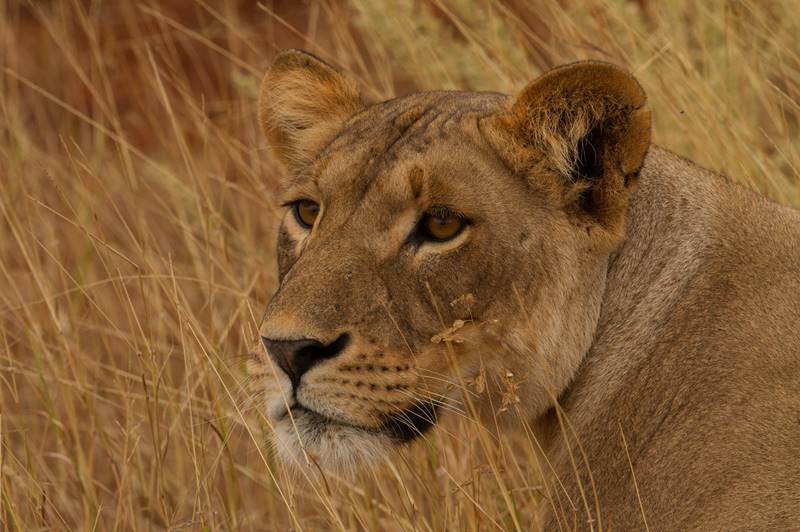
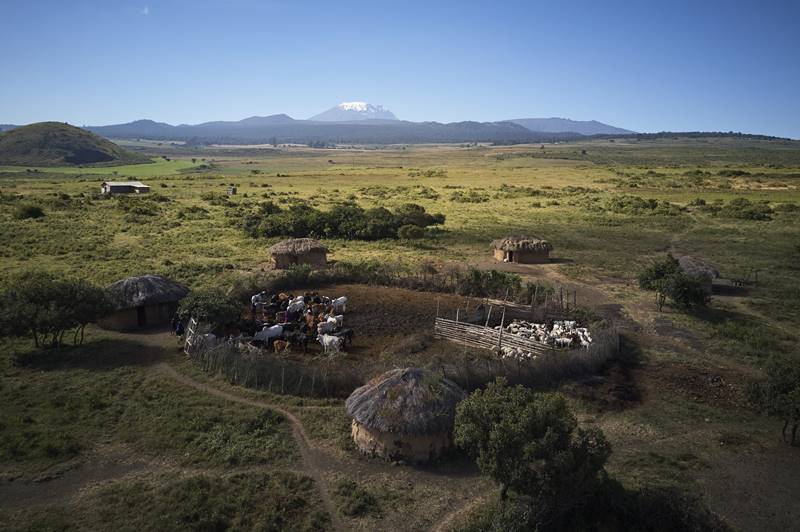
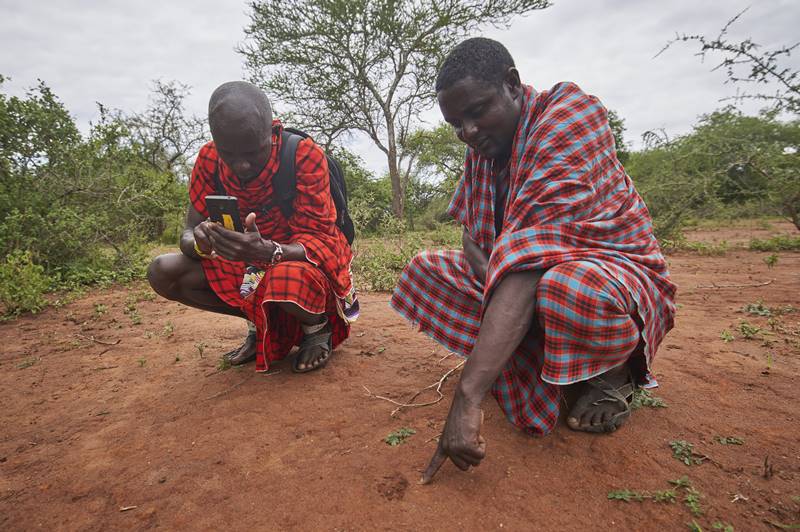
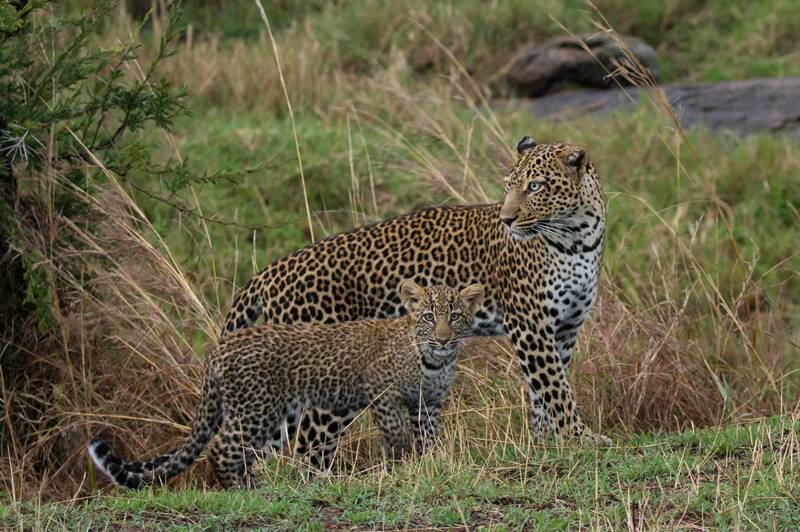
All funds raised during 2021 will contribute to the 21 For 21 Project Fund so please do sign up for a sponsored challenge (details here), support our creative initiatives, or make a donation if you are able to. Every Pound makes a difference. Thank you.
